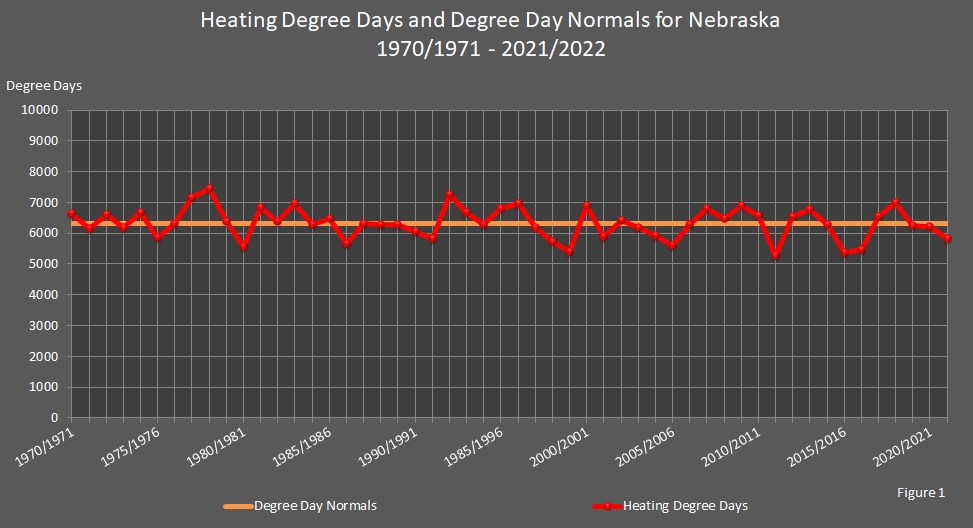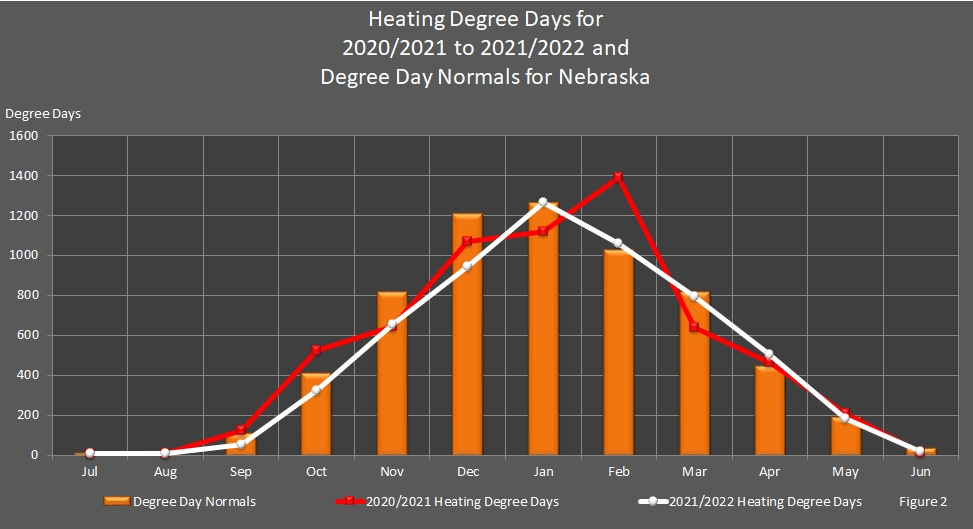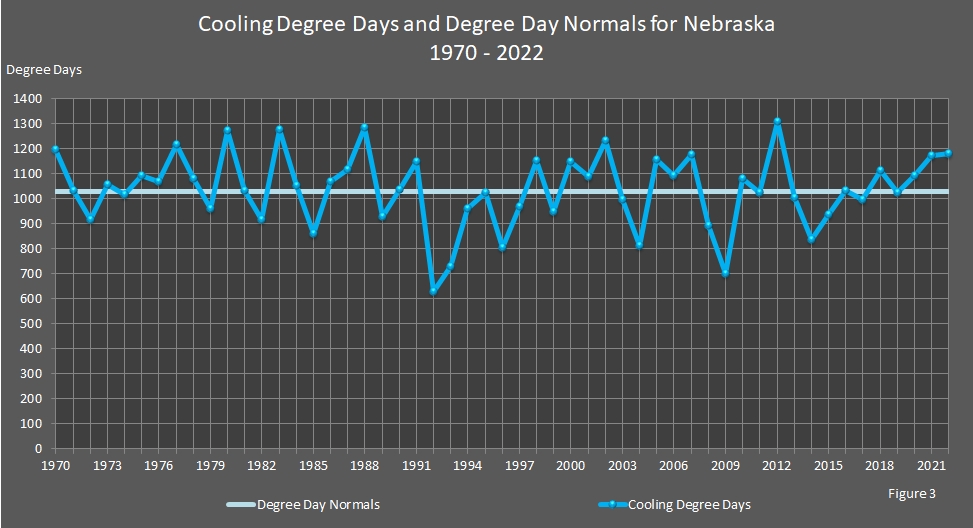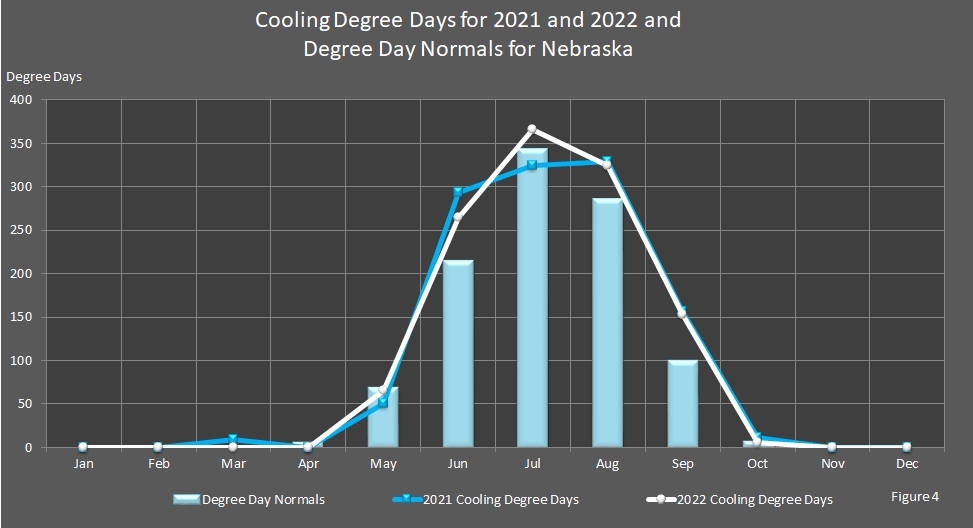Freezing weather during the winter or sweltering weather during the summer can increase your utility bills. You can find out how much of the rise in cost is a result of the weather by using a unit of measure called the "degree day".
Degree days are used to estimate fuel consumption and to pinpoint the nominal annual heating and cooling loads of a building. A degree day is a 1 degree Fahrenheit difference between 65 degrees Fahrenheit and the average outdoor air temperature on a given day. The more extreme the temperature, the higher the number of degree days. Degree day measurements can be used to describe the effect of outdoor temperature on the amount of energy needed for space heating or cooling. Hot days, which could require the use of energy for cooling, are measured in cooling degree days. On a day with an average temperature of 90 degrees Fahrenheit, 25 cooling degree days would be recorded. Cold days are measured in heating degree days. For a day with an average temperature of 45 degrees Fahrenheit, 20 heating degree days would be recorded. Two such cold days would result in a total of 40 heating degree days for the two–day period.
By studying degree day patterns in an area, the increases or decreases in heating or air conditioning bills can be evaluated from year to year. The Nebraska Department of Environment and Energy maintains degree days and degree day normals for twelve cities around the state in addition to the state's degree days. By studying the locator map, find the city to which you are closest and use that city's degree days. Degree day information may also be published in a local newspaper, usually in the weather section. Information could be available from a local utility. Its public relations department may be able to provide the number of degree days in the last billing period and how it compares to the number of degree days in previous billing periods. Recently, the National Oceanic and Atmospheric Administration's National Climatic Data Center has built a webpage where you can find degree days for any state/station for no fee. The data is available for January 1895 to last month: All Nebraska Stations. The normals are found here: All Nebraska Stations' 1981-2010 Normals.
In the tables below, Nebraska's heating and cooling degree days are listed as well as degree day normals. Figures 1 and 3 compare over fifty years of degree days to the degree day normals, and Figures 2 and 4 compare the last two years of monthly degree days to monthly degree day normals for the state.



